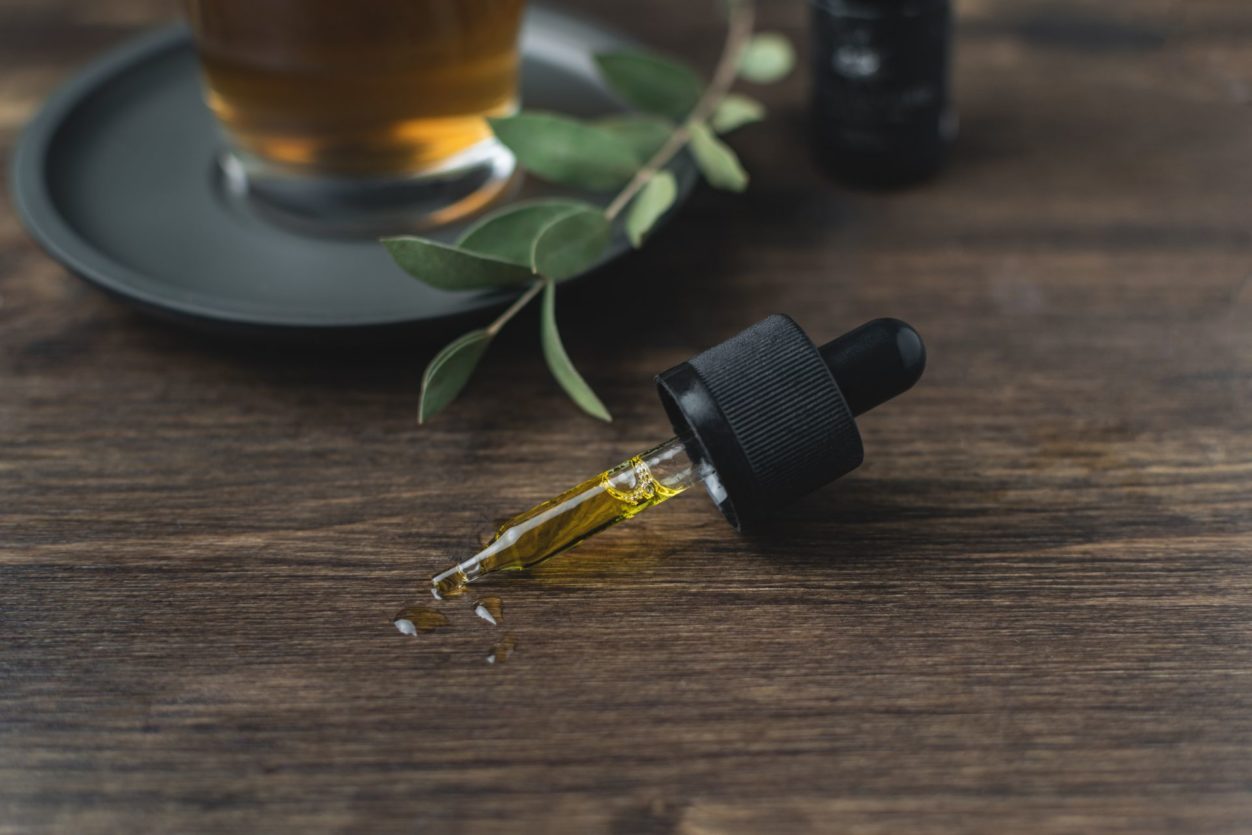Living in beautiful B.C., there is a lot of interest in the legal status and availability of marihuana. The Federal Government has proposed improvements to Health Canada’s Marihuana Medical Access Program in order to save the government money and to provide safer access. On December 15, 2012, the Canada Gazette under Part 1 published the proposed improvements to the Marihuana Medical Access Program (“MMAP”) and a Regulatory Impact Analysis Statement.
The consultation period regarding the MMAP ends February 28, 2013, and Canadians are invited to comment on the MMAP. After the consultation period, the regulations may be revised or proceed to be enacted. The proposed MMAP however, is not yet in force and is not yet law.
Cannabis (Marihuana) is categorized as a “controlled substance”, regulated under the Controlled Drugs and Substances Act (“CDSA”), which is the enabling statute for the current Medical Marihuana Access Regulations (“MMAR”).
Currently, in order to grow and/or possess marihuana, a person must either have a license (“Licensee”) or be a “designated grower”. A Licensee can grow or designate another person to grow for them.
A designated grower must describe the security measures that will be used at the production site to protect the crop and product against loss or theft. These “security measures” are not currently defined and there are no guidelines except perhaps a little common sense.
Marihuana supplied for medical purposes, under the current MMAR is not subject to the Food and Drug Act (“FDA”) and Regulations. As such the quality is not assured and ingredients, potency, strain(s) are not indicated. It is reasonable that consumers know the contents, potency and strain(s) so that consumption is safe. Further, manufacturers who fail to meet such consumer safety standards may be held liable.
Under the proposed MMAP, only commercial Licensed Producers (“LPs”), who meet the strict regulatory requirements as outlined in the following legislations would be able to distribute dried marihuana to patients whose healthcare provider deems them qualified to receive such:
- MMAP
- FDA and Regulations
- CDSA
- Narcotic Control Regulations (NCR)
- New Classes of Practitioner Regulations (NCPR),
- Directive on Physical Security Requirements for Controlled Substances
- Guidance Document – Building and Production Security Requirements for Marihuana for Medical Purposes
By way of review, the security requirements appear to be close to what is depicted as “the hive” in the Resident Evil movie saga. As such, it is likely that only big pharmaceutical companies will be able to afford to implement such.
Opponents to the MMPA argue that taxpayers will be funding yet another huge branch of government that will be required to oversee, license, monitor, regulate and supervise LPs under the proposed MMAP. Opponents also note that the scheme is subject to the “discretion” of the Minister and the regulatory bodies and therefore is not transparent.
Opponents state that given the number of regulations Canadians are now required to live by, the MMAP is too much government. Opponents argue that in a democracy, civil liberties should only be infringed upon sparingly. Such opposition to government regulation is not new. As Pierre Trudeau once said, “[t]he state has no business in the bedrooms of the nation.”
Canadians should be informed about the issues.
The information provided above is for educational purposes only. This information is not intended to replace the advice of a lawyer or address specific situations. Your personal situation should be discussed with a lawyer. If you have any questions or concerns, contact a legal professional.“[d]emocracy cannot succeed unless those who express their choice are prepared to choose wisely. The real safeguard of democracy, therefore, is education.”
– Franklin D. Roosevelt

